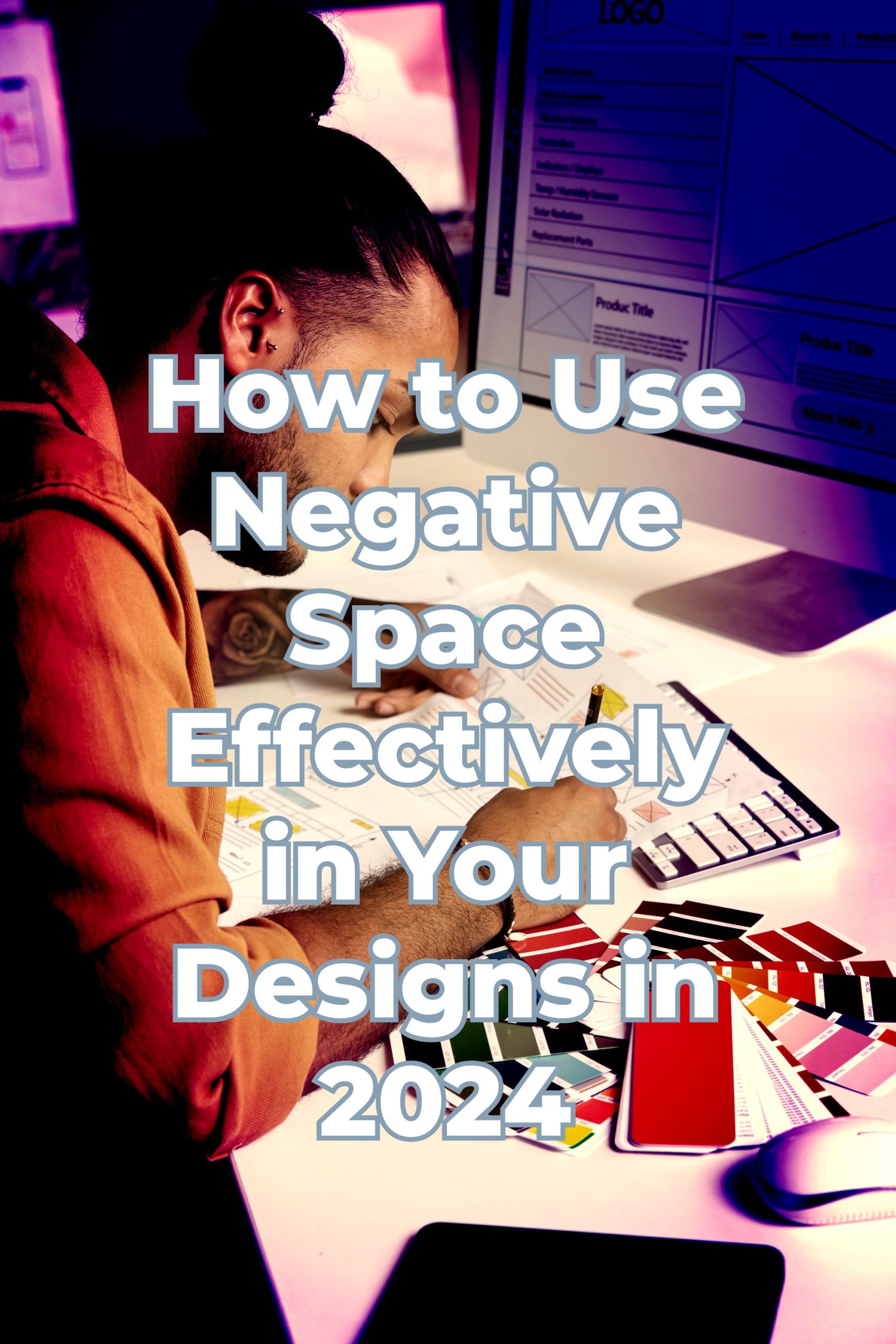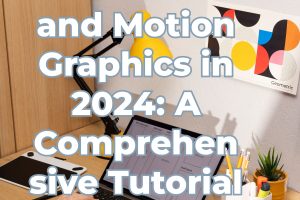
The use of negative space remains a timeless skill. As we stride into 2024, understanding how to leverage negative space not only enhances the aesthetic appeal of your designs but also communicates messages with clarity and impact. Whether you’re a seasoned designer or just beginning your creative journey, this guide will delve into the principles, techniques, and contemporary trends that define effective use of negative space today.
What is Negative Space?
Negative space, often referred to as white space (although it can be any color), is the area around and between the subjects of an image. It’s the breathing room within a design that allows elements to stand out, communicate hierarchy, and create a balanced composition. In essence, negative space is not just empty space; it’s a deliberate design choice that enhances visual appeal and user experience.
Why Does Negative Space Matter?
- Visual Clarity and Focus: Effective use of negative space directs the viewer’s attention to the focal point of the design. By strategically placing elements and allowing adequate space around them, you guide the viewer’s eye and ensure that the intended message is clear and impactful.
- Enhanced Readability: In typography and layout design, negative space plays a crucial role in readability. Ample space between letters, lines, and paragraphs improves comprehension and reduces visual clutter, making your designs more user-friendly.
- Aesthetic Appeal: Minimalism continues to influence contemporary design trends. By embracing negative space, designers can achieve a sophisticated, clean look that resonates with modern audiences. This approach not only looks visually appealing but also conveys a sense of elegance and professionalism.
Principles of Using Negative Space Effectively
- Balance and Harmony: Achieving visual balance is key to effective use of negative space. Balance can be symmetrical, where elements are evenly distributed, or asymmetrical, where visual weight is balanced through careful placement of elements and space.
- Hierarchy and Emphasis: Negative space helps establish hierarchy within a design. Important elements can be emphasized by surrounding them with more negative space, while less important elements recede into the background. This technique guides the viewer’s attention and reinforces the intended message.
- Consistency and Simplicity: Consistent use of negative space throughout a design maintains coherence and simplicity. Avoiding overcrowding and excessive elements allows for a cleaner, more impactful design that is easy to understand and navigate.
Techniques for Implementing Negative Space
- Whitespace in Web Design: In web design, strategic use of whitespace around buttons, navigation menus, and content blocks improves usability and enhances the overall user experience. It creates a sense of openness and clarity that encourages engagement.
- Logo Design: Negative space in logos can convey hidden meanings and enhance brand identity. Famous examples include the FedEx logo, where the negative space between the ‘E’ and ‘x’ forms an arrow, symbolizing speed and precision.
- Photography and Illustration: In visual arts, negative space can define shapes and create depth. Whether in photography composition or illustration, consciously framing subjects within negative space can evoke mood and emphasize storytelling.
Trends in Negative Space Design for 2024
- Minimalism and Sustainability: Minimalist design principles continue to influence trends in 2024. Designers are embracing simplicity, sustainability, and eco-consciousness, using negative space to reduce visual clutter and create environmentally friendly aesthetics.
- Abstract and Artistic Explorations: Contemporary artists and designers are pushing the boundaries of negative space, experimenting with abstract forms and artistic interpretations. This trend encourages creativity and innovation, challenging traditional design norms.
- Interactive and Responsive Design: With the rise of interactive and responsive design, negative space plays a crucial role in guiding user interactions. Well-placed negative space can improve touch interactions on mobile devices and enhance usability across different screen sizes.
Practical Tips for Designers
- Plan and Sketch: Before diving into digital tools, sketch out your design concepts to explore different arrangements of negative space. This helps you visualize potential compositions and refine your ideas before execution.
- Seek Feedback: Collaboration and feedback are essential in design. Solicit input from peers, clients, or focus groups to ensure that your use of negative space effectively supports the intended message and resonates with your target audience.
- Stay Updated with Tools: Take advantage of design software updates and new tools that facilitate precise control over negative space. Tools like Adobe Illustrator and Sketch offer features for manipulating whitespace and optimizing layouts.
Conclusion
In conclusion, mastering the art of negative space in 2024 requires a blend of creativity, technical skill, and an understanding of contemporary design trends. By harnessing the power of negative space, designers can create visually compelling, user-friendly experiences that resonate with audiences and convey messages with clarity and impact. Whether you’re designing websites, logos, or illustrations, embracing negative space as a deliberate design choice will elevate your work and set you apart in the competitive world of graphic design.
As we continue to innovate and evolve, the timeless principles of negative space remain a cornerstone of effective visual communication. Embrace the whitespace, explore its possibilities, and let it breathe life into your designs in 2024 and beyond. Happy designing!
Remember, the key to successful design lies not only in what you include but also in what you strategically leave out.
Featured Image Credit: Freepik






